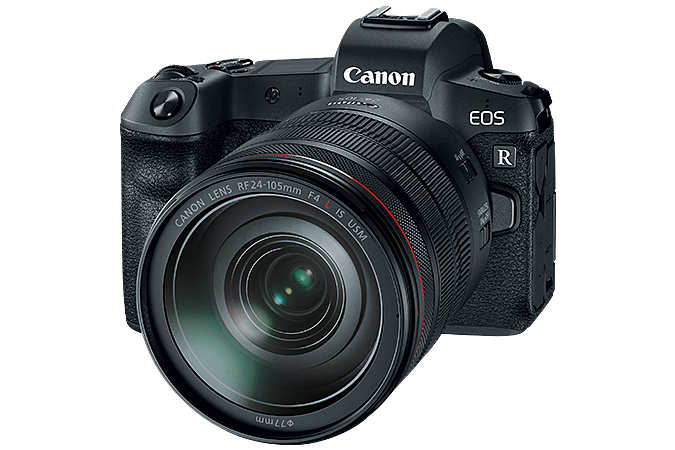Canon’s new mirror-less full frame certainly has me thinking about getting a new camera.
I’ve been rocking the Canon EOS 6D full frame DSLR from about the time it was first released. It was released in October 2012 and I think I succumbed to it’s charms that next spring. So for the past six years or so it’s been my trusty companion. (Now the original 6D is only $999).
But a lot of things have improved over the years. Better sensors, faster processors, new features. I still manage to take great photographs with my Canon 6D but there have been a few issues that have always bugged me like the sparse auto-focus points.
The new version of the Canon EOS 6D, the Canon 6D Mark II came out about a year ago but it wasn’t too earth-shattering. It was a bit of a bump in the megapixels and added a lot more auto-focus points but nothing that screamed out to me that I just had to upgrade. Maybe.
Released “in late November 2012 and offered at that time as a body only for a suggested retail price of US$2,099 or in a package with an EF 24-105mm f/4L IS USM zoom lens for a suggested retail price of US$2,899. It was superseded by the EOS 6D Mark II in 2017.”
https://en.wikipedia.org/wiki/Canon_EOS_6D
Now we have the release of the Canon EOS R which is rather revolutionary in many ways. Just the body of the Canon R costs $2,299 compared to the Canon 6D Mark II which currently sells for $1,600 – $1,999.
So it’s almost a no-brainer to go for the Canon EOS R because for $300-$600 more you get 30 megapixels vs. 26 plus its newer tech without the mirror flopping around.
Both cameras work with my existing Canon lens collection. I’m not about to sell all my lenses and switch to a different system at this point.
But you do need to buy an adapter to use regular Canon lenses on the new mount. Along with four new lenses specifically designed for the new R system, there are three new adapters for your old lenses.
So more choices, which can be good or bad depending on how you look at it. Nice that there are some cool new features afforded by the adapters but then you have to decide how much to spend on them.
There is a basic one for $99. But the other ones are very tempting. The next step up is the Control Ring Mount Adapter for EF-EOS R. This one adds a programmable control ring.
According to Canon this one sells for $199 and has the control ring for additional customization. Attach any EF or EF-S lens to the EOS R using the Control Ring Mount Adapter EF-EOS R without losing the control ring you’d have with an RF lens to control numerous settings and functions for fast and smooth performance on the go. It even comes with a clicking mechanism that delivers easily perceptible feedback, which can be removed for a fee to provide more silent operation if preferred.
Featuring a matching design and resilient, dust- and water-resistant construction, the Control Ring Mount Adapter EF-EOS R is a no-compromise way to incorporate your EF and EF-S lenses into the EOS R system.
The third adapter is the drop in filter adapter with either a circular polarizing filter or a variable ND filter. This is cool because it sits between the lens and the camera so you don’t have to carry around a bunch of different filters or even try to figure out how to mount a filter on a bulbous lens that sticks out. These cost either $299 for the circular polarized filter or $399 for the one with the drop in ND filter.
Yeah. Something to think about since these adapters can cost as much as a lens.
Separately the filters cost $140 for the drop-in clear A and $470 for the drop-in variable ND filter.
Maybe not such an no-brainer. It will cost you to live on the cutting edge.
